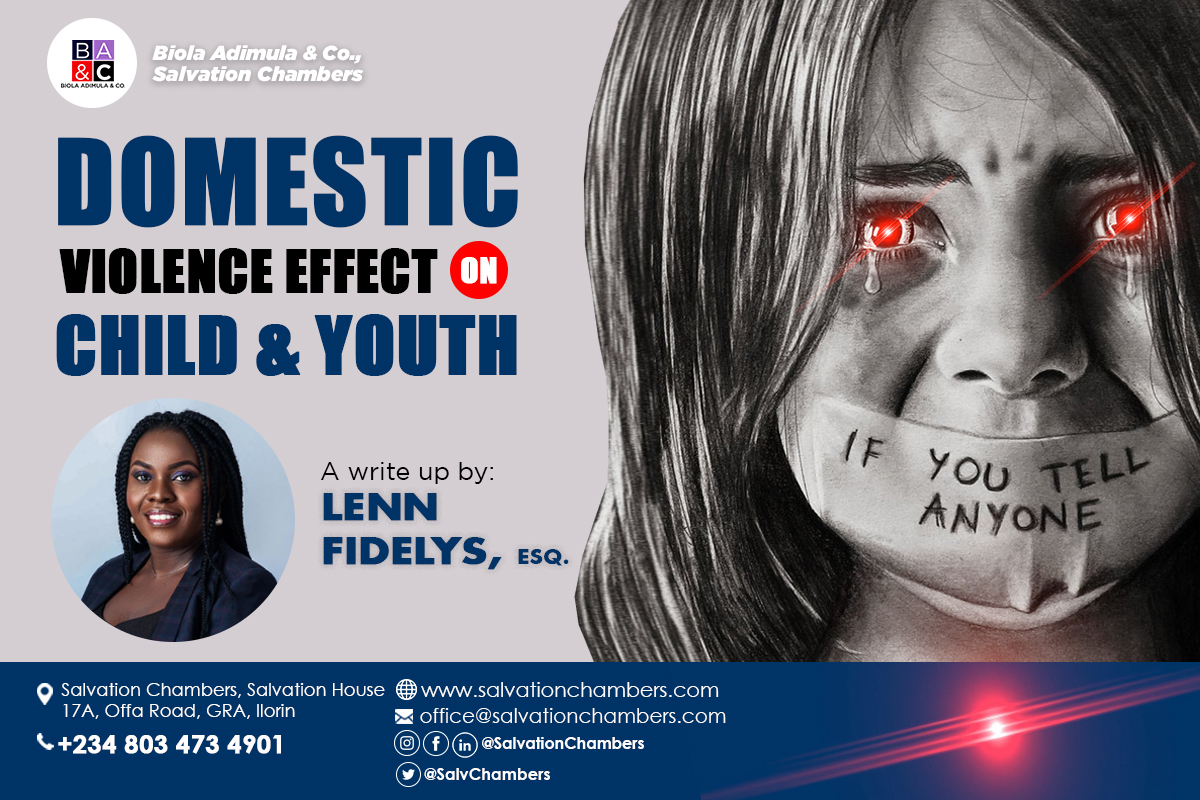Domestic Violence
Domestic violence or intimate partner violence is a pattern of assaultive and coercive behaviors including physical, sexual and psychological attacks, as well as economic coercion used by adults or adolescents against their current or former intimate partners.
Examples of physical abuse include slapping, shaking, beating with fist or object, strangulation, burning, kicking and threats with a knife. Sexual abuse includes coerced sex through threats or intimidation or through physical force, forcing unwanted sexual acts, forcing sex in front of others and forcing sex with others.
Psychological abuse involves isolation from others, excessive jealousy, control of his or her activities, verbal aggression, intimidation through destruction of property, harassment or stalking, threats of violence and constant belittling or humiliation. Most studies show that in between 40% – 60% of families where there is domestic violence, there is also child physical abuse (Edelson, 2001).
Children and Domestic Violence.
Some of the biggest victims of domestic violence are the smallest. Children as small as 4 month old get to experience domestic violence too, their reaction may not be overt as older children but it cannot be ignored.
Children who are exposed to domestic violence are categorized into two:
- Victims of abuse :
- these are children who are directly harmed, injured, or killed as a result of the occurrence of domestic violence
- Witness of abuse:
- These are children who observe the occurrence of domestic violence as it takes place.
Children who witness domestic violence or are victims of abuse themselves are at serious risk for long-term physical and mental health problems. In a home situation where domestic violence occurs, the immediate focus is usually the spouse who is abused. However findings show that children who are exposed to violence in the home may suffer a range of problems that are severe and of lasting effects. And they are more likely to be victims of child abuse.
Most often times than none, children are not the primary concern. They are often described as the forgotten victims of Domestic Abuse. They unfortunately do not have the power of choice in some certain age until they grow past the dependent stage, where they can leave home, regrettably the damage would have been done by then.
Children who witness violence between parents may also be at greater risk of being violent in their future relationships. They are affected not only by directly witnessing abuse, but also by living in an environment where usually their mother is being repeatedly victimized. Abnormal forms the map of their norms. Children in such a home are also at greater risk of being victimized themselves or are being used as a weapon to control the mother
What are the needs of a child?
To fully understand the impact of domestic violence we need to know what children need to grow into a total and balanced adult.
- Children need a safe and secure family life, free of violence.
- Children need parents that love and protect them.
- Children need parent that can instructions and direction for daily living
- Children need to have a sense of routine and stability, so that when things go wrong in the outside world, they can go back home,. And so therefore they need;
- A home which should be place of comfort, help and support.
When what they need can’t be provided they seem to have a life that is not balanced. A home with occurrence of domestic violence throws the child out of balance.
Effects of Domestic abuse on children
Children are different individuals and may tend to experience domestic violence differently based on their personality. There are three different kinds of reactions/symptoms: hyper arousal; re-experiencing; and avoidance.
- Hyper arousal means that the child may be fearful, nervous, jumpy, and react strongly to any other scary experience.
- Re-experiencing means that the child may have repeated or intrusive thoughts about what happened or keep feeling sensations in the body that are tied to what happened.
- Avoidance means that the child may try to avoid any reminders of the trauma. This may cause him or her to withdraw from normal activities.
Young children who witness domestic violence often worry about their caregivers and are afraid to be separated from them. Children may express their distress through physical symptoms, such as stomach aches or headaches. Young children may use play to act out certain aspects of what they’ve witnessed. Sometimes they just act out the same events over and over again in their play; sometimes they express a wish to change the outcome.
Domestic Violence also affects how children at different stages of growth and development, develops emotionally, mental, socially and behaviorally. Children in the earliest years of life are particularly vulnerable: studies show that domestic violence is more prevalent in homes with younger children than with those with older children
Children who are victims of domestic violence may experience it in the form of physical abuse, sexual abuse, psychological, and financial abuse.
Physical Abuse in Children
Intentional use of physical force against the child that results in – or has a high likelihood of resulting in – harm for the child’s health, survival, development or dignity. This includes hitting, beating, kicking, shaking, biting, strangling, scalding, burning, poisoning and suffocating. Much physical violence against children in the home is inflicted with the object of punishing.
Sexual Abuse in Children
Child sexual abuse ranges from non-contact form to contact-abusive form. Sexual abuse does not have to involve penetration, force, pain, or even touching. If an adult engages in any sexual behavior (looking, showing, or touching) with a child to meet the adult’s interest or sexual needs, it is sexual abuse.
Contact-Abusive physical contact or touching includes:
- Touching a child’s genitals or private parts for sexual purposes
- Making a child touch someone else’s genitals or play sexual games
- Putting objects or body parts (like fingers, tongue or penis) inside the vagina, in the mouth or in the anus of a child for sexual purposes
Non-contact sexual abuse includes:
- Showing pornography to a child
- Photographing a child in sexual poses
- Encouraging a child to watch or hear sexual acts
- Deliberately exposing an adult’s genitals to a child
- Inappropriately watching a child undress or use the bathroom
What Children who have gone through domestic abuse needs
Children can be better protected from the effects of domestic violence and better supported in healing following exposure to this violence.
- Children need a safe and secure home environment.
Every child has the right to grow up safe from harm and should feel that those they love are also protected. Violence in the home shatters a child’s basic right to feel safe and secure in the world. Children need the violence to stop.
- Children need to know that there are adults who will listen to them, believe them and shelter them.
Adults who work with children, including teachers, social workers, relatives, and parents themselves, need the awareness and skills to recognize and meet the needs of children exposed to violence in the home and to refer children to appropriate services. Close, dependable relationships can also help children reduce the stress of living in a violent home. Children who have an adult who gives them love, warmth and attentive care cope better than those who do not. Children who are exposed to violence in the home need to know that they are not alone and that the violence is not their fault.
- Children need a sense of routine and normalcy.
Violence in the home can turn a child’s world upside down. Routines such as going to school and participating in recreational activities are vital for children’s development and well-being and should be maintained.
- Children need support services to meet their needs.
Responses to children exposed to domestic violence should be comprehensive and holistic, taking into account the range of effects and needs of different children. Children must have places to go that are safe and supportive, whether it be with extended family or at a domestic violence shelter. Studies suggest that providing interventions to abused mothers can also have benefits to children, especially where these efforts take into account the specific needs of children.
- Children need to learn that domestic violence is wrong and learn non-violent methods of resolving conflicts.
Children must hear it re-affirmed that domestic violence is wrong. They have to see alternative role models in order to grow up with a positive idea of the future. Several countries have instituted programmes that teach young people how to avoid violence in personal relationships. Schools are key in the strategy. School-based programmes can reduce aggression and violence by helping children to develop positive attitudes and values, and a broader range of skills to avoid violent behavior. Other successful programmes emphasize conflict resolution, cooperative play and positive role models.
- Children need adults to speak out and break the silence.
Children who are exposed to violence in the home need to know that things can change and that violence in the home can end.
- Children need hope for the future.
Public education and awareness-raising campaigns on domestic violence should focus more on the impact on children and specific ways to address this hidden problem. Governments and other public institutions should speak out about the impact of violence in the home on children.
written by LENN FIDELYS, ESQ.

